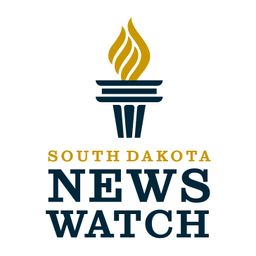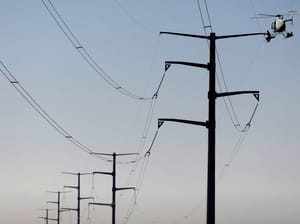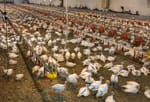BOX ELDER, S.D. – Montana Roem is worried that a proposed $1 billion cut to federal food programs that aid schools and charities will hurt her family on two fronts.
As she recently waited in a line of cars at a Feeding South Dakota mobile food bank in Box Elder, Roem said she was well aware of the U.S. Department of Agriculture's move to eliminate two programs that paid for locally grown foods to be provided to food banks and for school meals across the U.S.

Taken together, she said, the proposals will make it harder for her to get food staples for her family and make it more difficult for her son to get healthy meals at school.
"It seems like cutting food banks is just the tip of the iceberg because now it's lunches at schools being cut," said Roem, 54, who lives on a low income while raising an 11-year-old boy with special needs. "I wonder what kind of country we live in because a lot of us are going to end up homeless on the streets."

Eliminating the programs will also reduce federal spending at roughly 55 farms in the state, many of them smaller operations that shipped fresh foods to schools, food banks and tribal charities.
"Those dollars went directly to the producers, and the food went directly to people facing hunger," said Stacey Andernacht, vice president of public affairs at Feeding South Dakota, the state's leading charitable food provider.
USDA: Cutting COVID-era programs
In mid-March, the USDA said it was eliminating 2025 funding of two pandemic-era initiatives: the Local Food Purchase Assistance (LFPA) and Local Food for Schools (LFS) programs, which operated in 40 states, including South Dakota.
Taken together, the initiatives approved under former President Joe Biden would have paid U.S. farmers more than $1 billion to supply fresh, locally grown foods to food banks, pantries and schools.

In a statement sent to News Watch, a USDA spokesperson said the agency will fund the LFPA through the end of the current funding period, adding that it is making "a return to long-term, fiscally responsible initiatives."
The spokesperson said that 16 other USDA food programs remain in place, noting that "USDA is prioritizing stable, proven solutions that deliver lasting impact. The COVID era is over — USDA’s approach to nutrition programs will reflect that reality moving forward.”
The cuts are part of a widespread effort by President Donald Trump's administration and its Office of Government Efficiency to reduce federal spending and identify and eliminate waste.
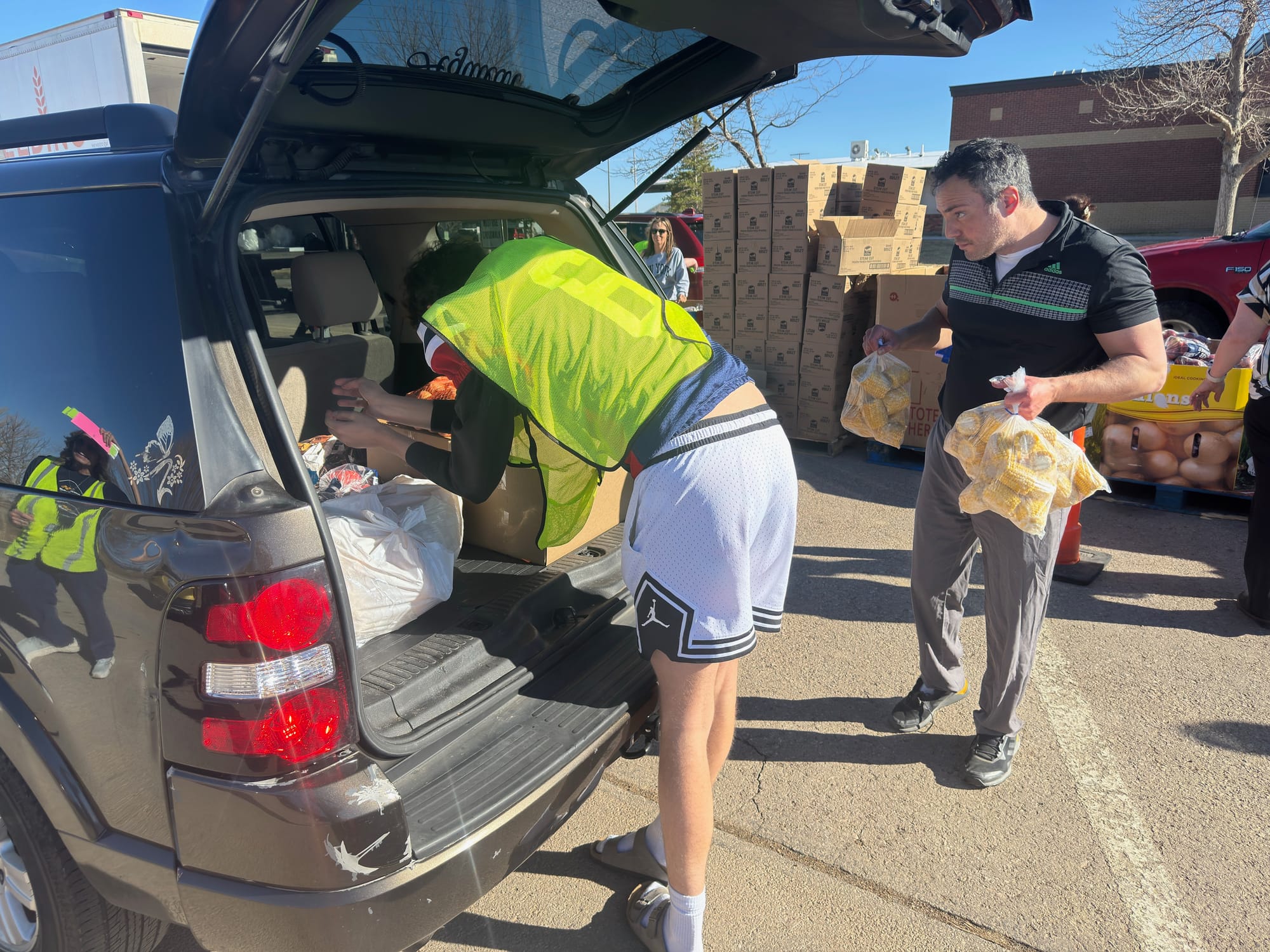
The funding for the LFPA was routed through the South Dakota Department of Agriculture and Natural Resources. A DANR spokesman told News Watch in an email that the funding for the local food program began in 2022 and was expanded in 2023 but will end this summer.
"DANR's existing LFPA grant runs through June 2025, and we will continue to implement the program according to the grant agreement," said DARN spokesman Benjamin Koisti.
Pandemic over but food need still rising
After the COVID-19 pandemic ended, many people were able to return to work and to greater normalcy, yet the need for food among low-income families in South Dakota has continued to rise, Andernacht said.
Data from Feeding South Dakota shows that the number of charitable meals provided by the agency has risen by 6% over the past year. The agency has seen attendance at mobile food pantries jump by 17% this fiscal year. And the number of food backpacks it provides to children jumped by 11%. Meals provided to school pantries also rose by 5% this year, agency data shows.
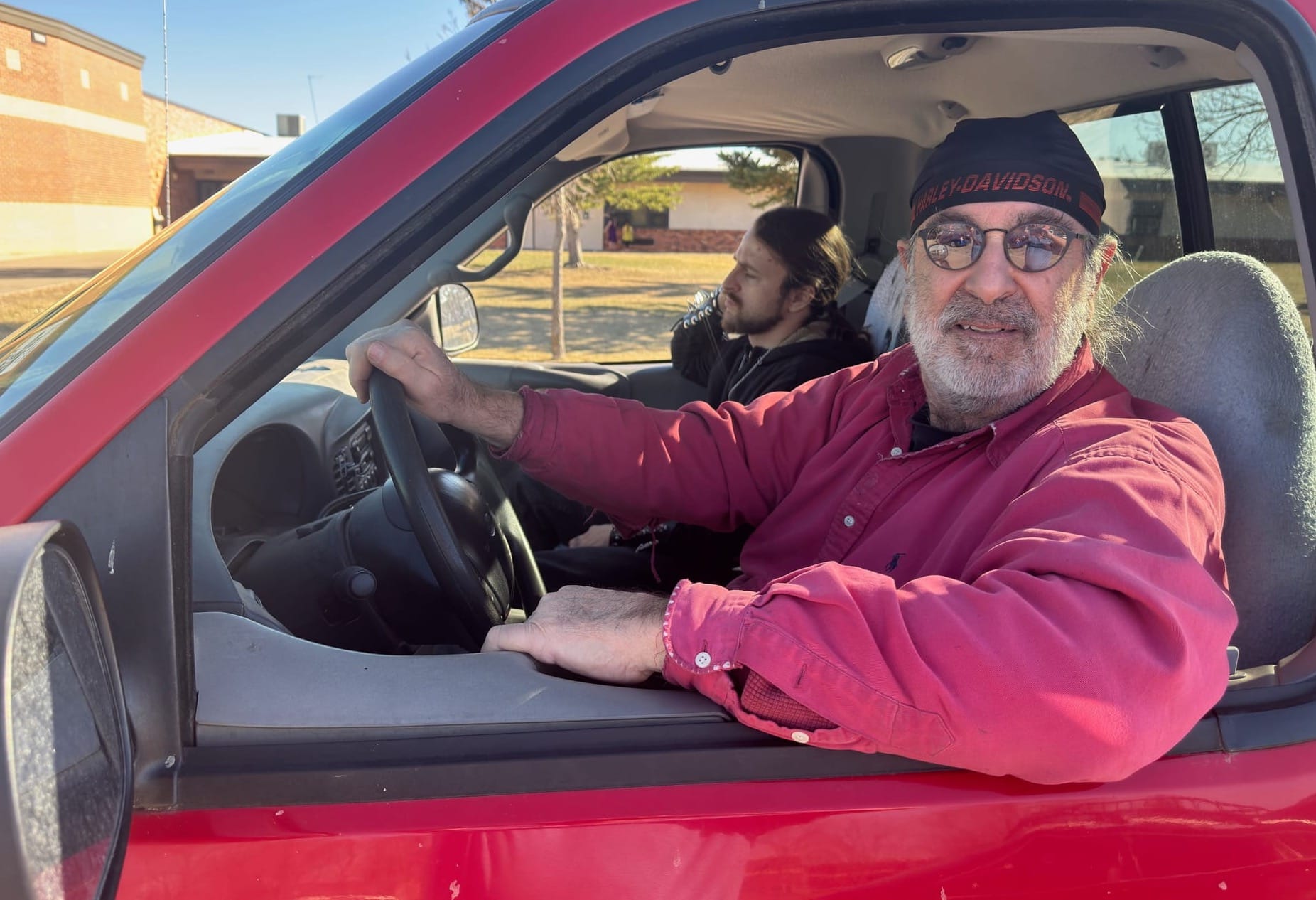
James Lay, 67, came to the Feeding South Dakota mobile food pantry in Box Elder with son Sam, 27, to get some extra food for the month. Like more than 100 others, he received frozen sliced turkey and french fries, baked goods at or near their sell-by date, and bagged potatoes and apples.
"I always found life to be tough enough already," said Lay, who lives in Rapid City. "Costs are up, expenses are up and wages are down."
Lay said he sees the federal government aiming to reduce spending, but he worries that "collateral damage" will hurt some families who need help. "It seems doable to them, but life is always hard and there's always challenges," he said.
Millions in food funding at stake
Andernacht said Feeding South Dakota will lose $1.2 million in funding it expected to receive from the LFPA program this year, which equates to about 1% of the agency's annual food budget. However, she said, the USDA also has paused funding under The Emergency Food Assistance Program (TEFAP), which could reduce Feeding South Dakota's food inventory by almost 14% moving forward, she said.
"As we came out of the pandemic, there were programs in place that brought American families out of food insecurity," Andernacht said. "Our food insecurity rate as a nation really dropped off during that time, but it has risen once again, and there's nothing coming to replace those programs in order to meet the need we're seeing right now."

Andernacht said that the federal funding is still needed to counter the effects of the overall higher cost of living and inflation that drove up food costs by at least 9% in the past couple years.
Andernacht said some two-income families with children in South Dakota make too much money to qualify for food stamps or funding under the Women, Infants and Children program yet don't make enough to afford healthy food for their families.
"It's fair to say the pandemic is over. But there remains financial challenges that are making it difficult for people to purchase the foods that they need," Andernacht said. "Whether that's the cost of food or the child care crisis or the cost of housing, it's forcing people to decide, can I pay my rent or can I put food on the table?"

Some South Dakota school districts have seen the effects of the inability of parents to pay for school meals for their children. Several districts are running deficits as they try to keep feeding students who don't qualify for free lunches.
Meade County Schools, facing an unpaid student meal balance of about $23,000, announced this month that it would match future parent payments for school lunches due to an anonymous donation of $115,000 made through the Black Hills Area Community Foundation.
Local food banks facing cutbacks
The loss of LFPA funding will place a new burden on the Mitchell Food Pantry, which used the funding to pay area farmers to provide milk to about 400 children a month, Andernacht said.
Eliminating the funding will also make it harder for the group Feeding Brookings to provide low-income families with fresh meats and vegetables raised at local farms, said Bill Alsaker, an advisory committee member.
“It’s something we’ve had for the last couple years and it was very helpful for us,” Alsaker said.
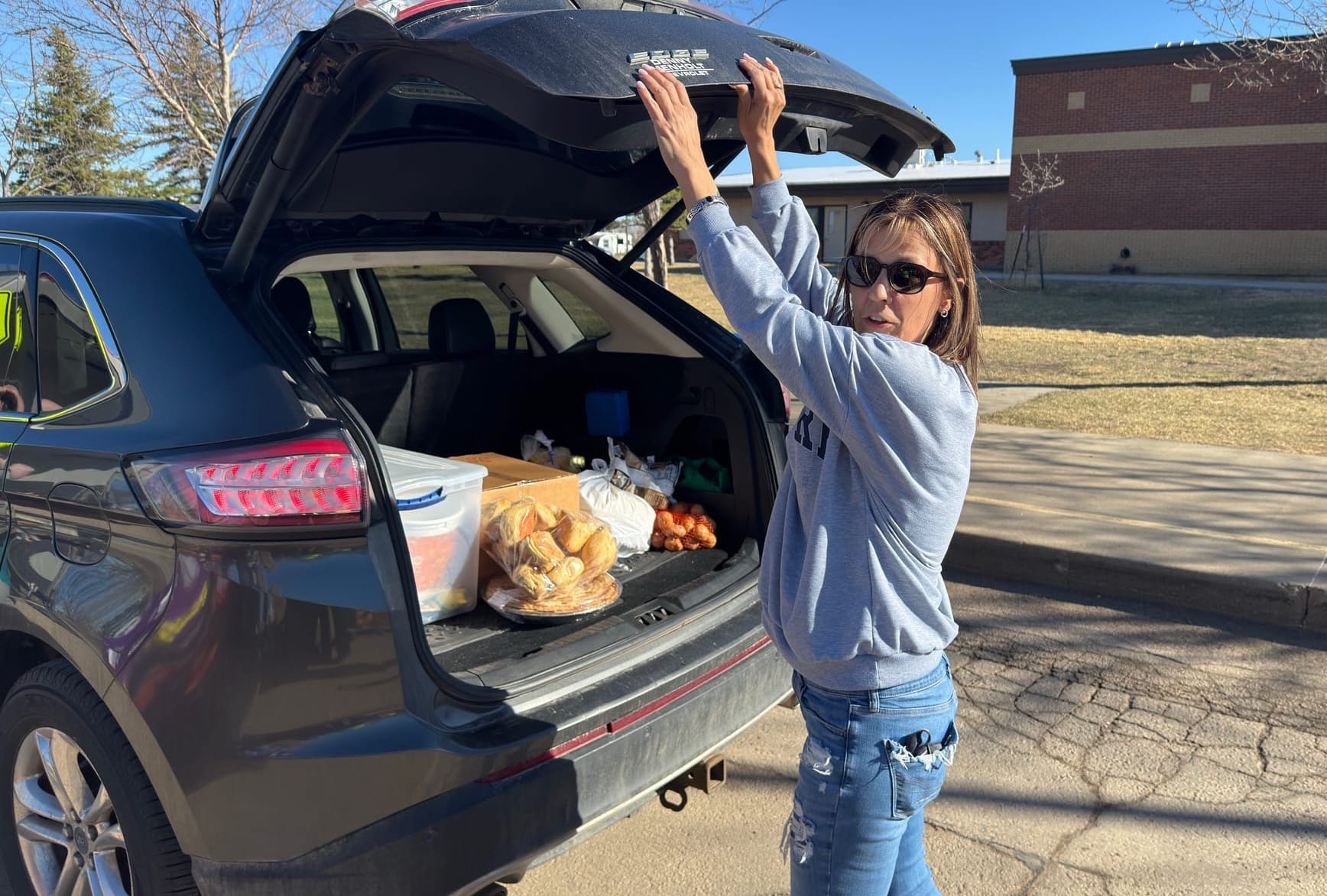
The funding helped out local farmers and allowed the pantry to provide fresh meats, onions, potatoes and greens to their clients. Instead, he said, locally grown meats will probably be replaced by hot dogs purchased from a grocery store.
Alsaker said Feeding Brookings, which operates out of Ascension Lutheran Church, has seen its client list rise to 400 a week now compared to about 110 families per week prior to the pandemic.
The pantry is increasingly concerned about the recent pause in federal funding for the TEFAP emergency assistance program, which makes up a significant portion of the group’s food budget.
“If that happens, it will be a big hit to us,” he said. “We would need a lot of new funding and donations to pick up the slack.”
Small farm saw big benefit
The LFPA was a boost to the bottom line of dozens of South Dakota farms, many of them small specialty producers who don’t have the benefit of operating with large economies of scale.
Peggy Martin, co-owner of Cedar Creek Gardens in Mellette County, said the federal program paid her business to provide fresh meats and vegetables to schools and local pantries, including on the Rosebud, Pine Ridge and Cheyenne River Indian reservations.

But the loss of federal funding will likely result in less fresh food being provided to low-income people throughout the central South Dakota area she serves. Under the program, Martin said her farm was able to ship foods at the height of freshness to people who otherwise can't access it.
She recalled one incident where a woman in Wanblee on the Pine Ridge Indian Reservation asked her if she could provide her with fresh tomatoes, which Martin later did.
"That lady was there and she was just about in tears," Martin said. "We can sell to grocery stores all day long, but that (program) helped create a heartfelt gratitude by knowing you’re helping somebody deal with food insecurity."
Martin said the LFPA funding also allowed for greater stability at her farm southeast of Belvidere and enabled some expansion.
“It was a huge boon to the garden, and there was a lot of sustainable growth we could see from that,” she said. "It was a great avenue for many of us to ramp up production a little bit because you don’t have to have acres and acres in production to help build the resiliency of the local food chain."
This story was produced by South Dakota News Watch, an independent, nonprofit organization. Read more stories and donate at sdnewswatch.org and sign up for an email to get stories when they're published. Contact Bart Pfankuch at bart.pfankuch@sdnewswatch.org.


